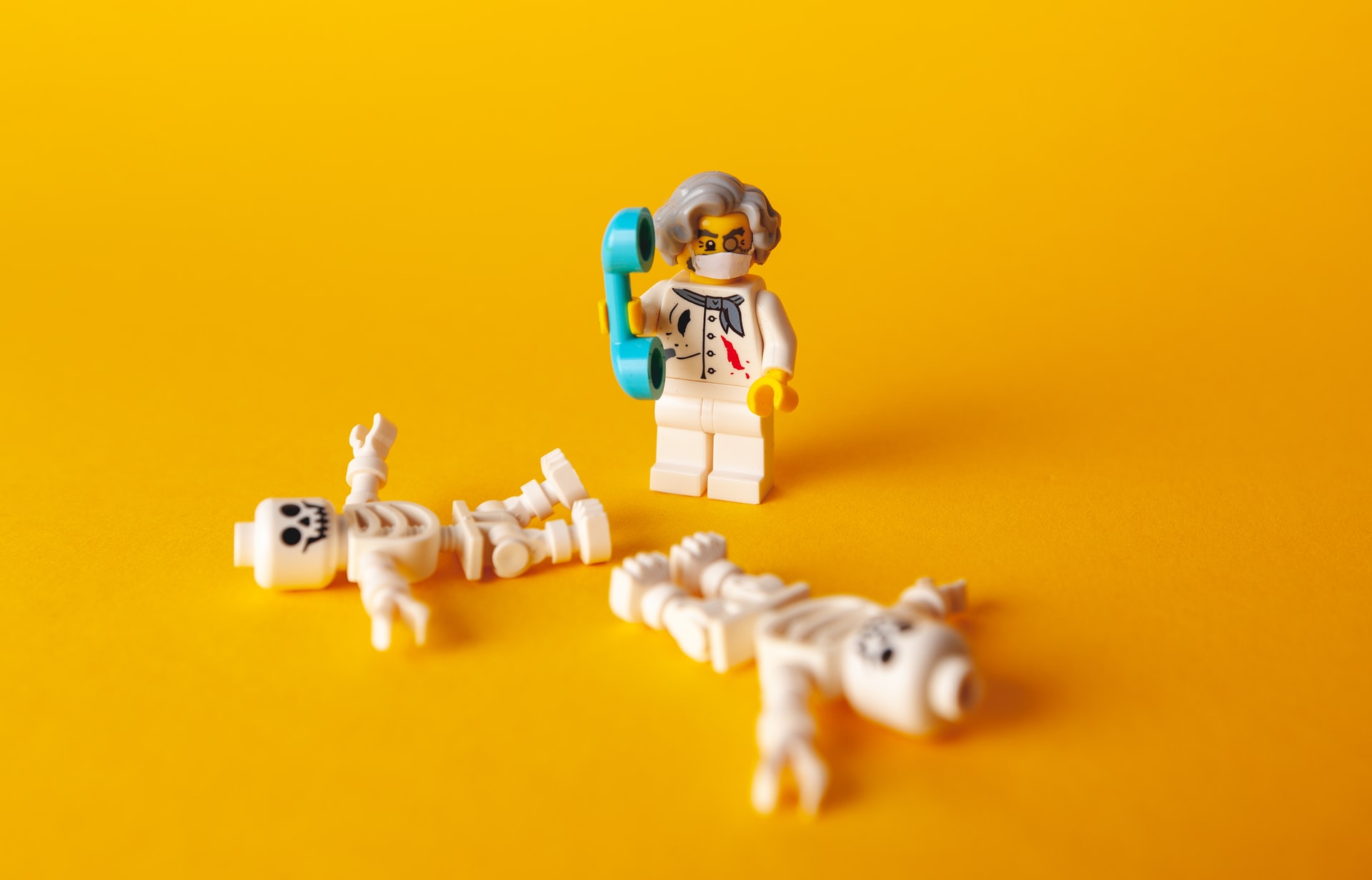ICYMI: We released a guide to help nonprofits develop creative that reaches your goals while living your values. It’s a pretty great read, if we do say so ourselves!
We began to unpack the challenges and obligations of developing ethical creative in a roundtable discussion with our friends Amirio Freeman of Feeding America and Rosa Del Angel of Oxfam America. Over the next few months, we’ll be discussing the core elements of effective creative and how to incorporate them into your direct response creative.
+++
Attention isn’t free; it is paid, and it must be earned. That’s especially true in a crowded, chaotic space filled with competing claims, distractions, and general cacophony. For instance, a Facebook newsfeed. Or an email inbox. Or, come to think of it, the entirety of the internet and also the rest of modern society.
So, our creative needs to capture attention, and it needs to do so immediately. Depending on our channel, we may have no more than a fraction of a second to make it happen. A handful of words, a few frames of an animated gif, a momentary glance at an image, and that’s it. Blame evolution, if you like: our instincts and neural pathways are attuned to noticing and reacting to immediate threats. Or blame the neverending barrage of emails, ads, posts, texts, and other stimuli that bombard our audiences every moment. Or blame the seductive allure of procrastination, which asks why we should do today what can be put off until tomorrow.
Whatever the causes, the result is the same. A person is unlikely to take an action unless they believe they must take that action immediately.
Urgency in creative is essential to overcoming that tendency. It is our primary tool for communicating to an audience that helping achieve our goal—taking action, making a gift, anything—is more important than any other thing they might possibly do in this moment.
The key question you must ask and answer when establishing urgency in your creative is not “why does this matter?” but “why does this matter right now?”

Source: Physicians for Human Rights
To be urgent, creative must exist at a particular moment. This is why effective creative so often uses the language of time: make your gift before midnight tonight, take action before it’s too late, just a few hours left to reach our goal, we just found out a few moments ago…
All of these phrases frame our creative in terms of a single moment, which helps build urgency even for evergreen creative or long-term crises like climate change, racial injustice, or hunger. Urgent creative narrows the focus down to a moment, and presents the audience with a choice: now or never.
More generally, urgency is about change. There is no urgency in the static and the stable—only in what might change, what must change, or what has recently changed.
Sometimes, urgency is baked right into the moment. When a hurricane makes landfall, it doesn’t take much work to create a sense of urgency. The emergency is real, the context surrounds us, and the audience already feels it. We just need to tap into that emotion.
When real-world urgency is not quite so overwhelming, it’s up to us to create it. Often, the simplest way to generate a sense of urgency is through explicit language and tactics. We say things like “your voice matters right now,” and “speak out before it’s too late.” Deadlines, goals, and thermometers are all tools of urgency. There may not be anything subtle about “DEADLINE TONIGHT! MAKE YOUR EMERGENCY GIFT NOW!”—but it’s effective.

Source: National Geographic
Urgency can also be conveyed through tone and imagery. We might use short, breathless sentences. We might show stormclouds gathering, wildfires raging, a clock ticking down. The choice of typeface, color palette, and other visual elements can elevate the sense of urgency.

Source: CARE
Sometimes we need to focus less on the benefits of taking action and more on the dangers of inaction. Loss aversion—the tendency of people to prefer avoiding losses rather than acquiring gains—can be a powerful urgency lever. It’s why a matching gift offer tends to be most effective on the final day, just before time runs out and supporters lose their chance to double their impact.
And if we look at the world around us and see no urgency in our call to action, if we sort through our bag of urgency-enhancing tricks and find nothing suitable…that’s often an indication that this particular campaign, tactic, or creative is not right for this moment. It may be better to rethink, reframe, or reschedule this effort rather than put creative in front of our audience that matters, but may not matter right now.




